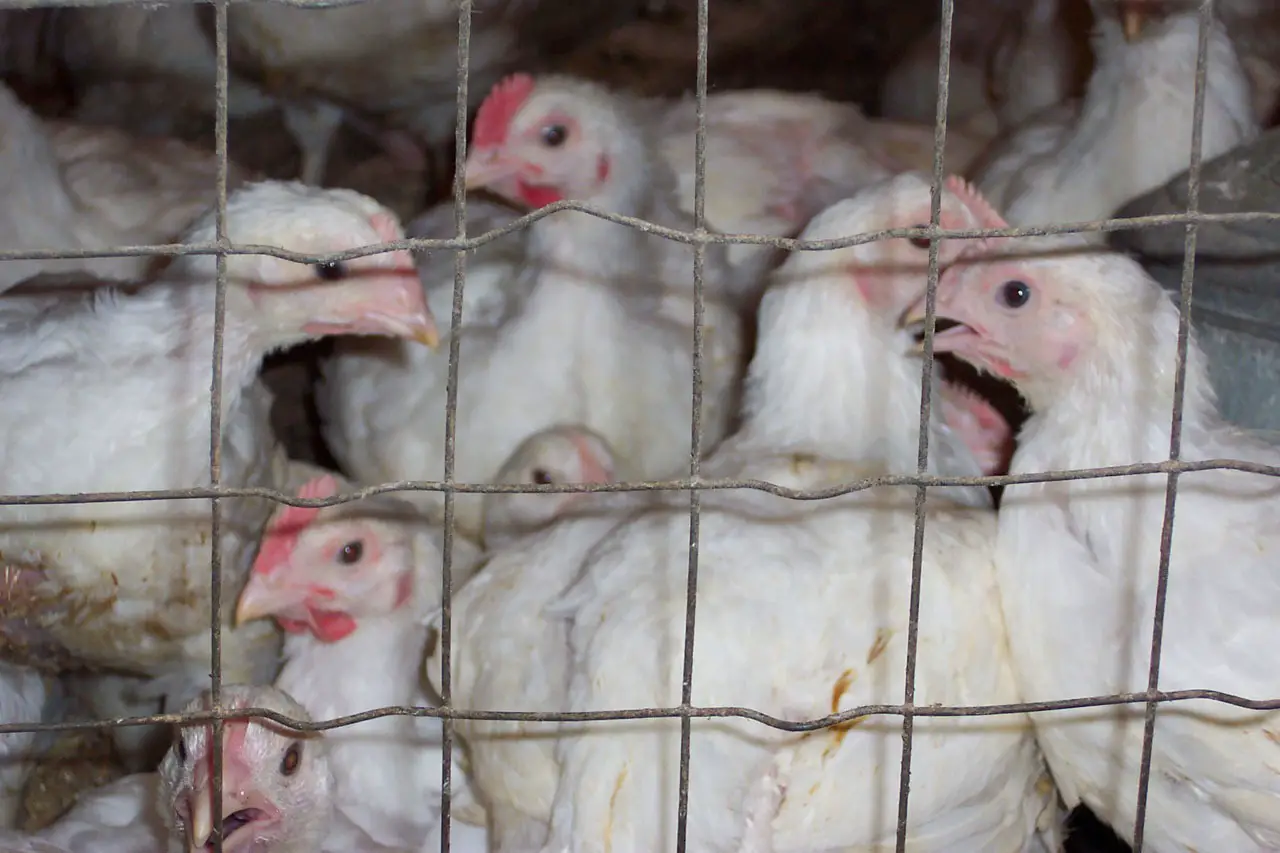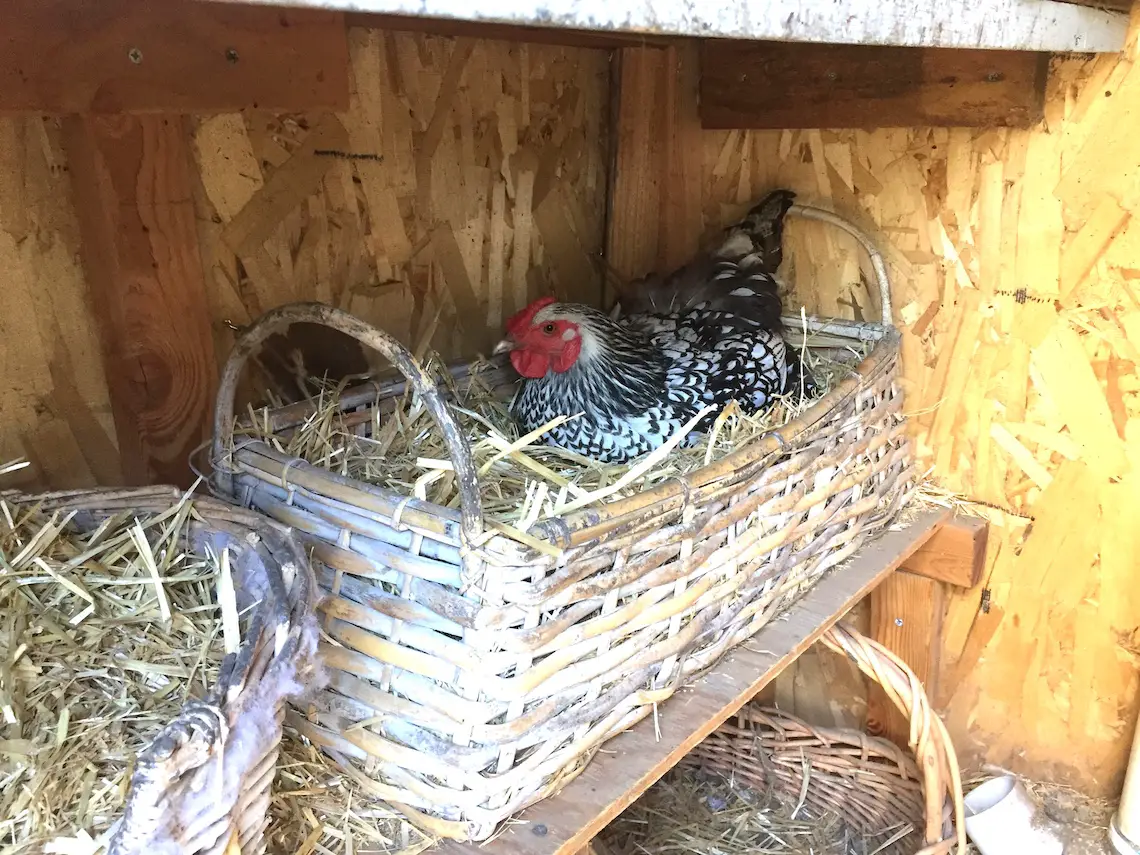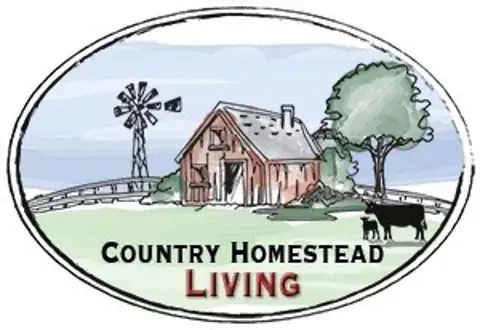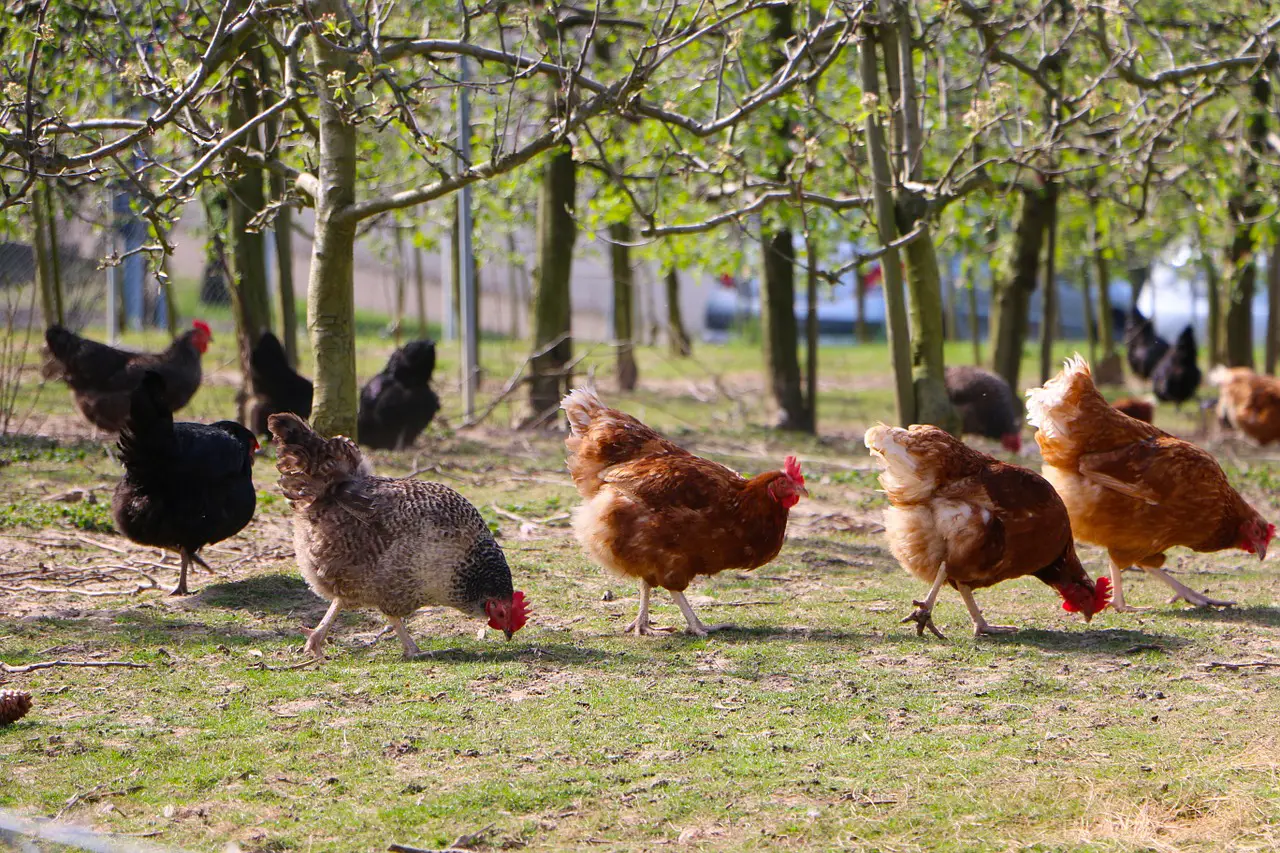Under normal circumstances, chickens are naturally intended to lay eggs every 24-27 hours, and as they age, that number will naturally decline.
Often in commercial farming, steps are taken to prevent this decline, whereas free range chickens are allowed to live free from intrusion, which can affect their egg production.
Free range chickens will generally lay fewer eggs for a year, due to health and weather conditions. However, when looking at the lifespan of free range chickens over confined commercial hens, they will lay more eggs overall, as they tend to live longer.
In this article, we will discuss the difference between confined and free range chickens, the reasons behind fluctuating egg production, and where chickens tend to lay their eggs.
Confined Chickens vs. Free Range
Commercial farming refers to farms producing goods for profit, and in egg production, the main difference in farming chickens is how they are kept.
Commercial chickens are generally kept in cages or confined spaces such as small barns.
Free range chickens, on the other hand, must have access to the outdoors, with limits as to how many chickens can be kept in the space provided.
Commercial Egg Production
On larger farms, chickens are usually kept in one of three systems:
- Battery Cages – these cages are confined and restrictive, giving chickens little to no room to move around or spread their wings.
Though they were thought to be good for egg production and reducing aggression amongst chickens, many countries have placed bans or restrictions on their use.

Still, today one cage can house as many as 80 chickens, and there is no limit on how high they can be stacked.
- Barns – also known as free-run, these chickens are kept indoors, in an open barn environment.
There are no cages, but rather perches and nests.
In this case, the chickens are allowed to roam free (indoors) and exercise.
- Free Range – to be considered free range, farmers must provide their chickens with room to roam outside.
In the EU, there are specifications as to the amount of time required and how much space they must get.
For example, in the UK, a chicken must have outdoor access for at least half of its life.
However, the rules in the United States are not as strict and do not specify how much time a chicken should be outdoors.
Egg Production
Chickens usually begin producing eggs between 18 and 22 weeks and are most productive between 24 and 30 weeks.
After this, a chicken will naturally become less productive.
At around 18 months, a chicken will go through what is known as a ‘molt.’
This can last anywhere between 12-16 weeks, during which time the chicken will not lay eggs.
There are a few factors that contribute to egg production:
- Hours of daylight – chickens need at least 12-16 hours of daylight per day in order to maintain egg production rates.
- Disease – egg drop syndrome (EDS) is common in confined chickens, especially and normally spread through contaminants in egg trays and cages.
This virus causes chickens to lay soft or shell-less eggs and significantly reduces the egg production rate.
- Age – chickens can live for as long as 10-12 years, but their most productive egg-laying period is during their first year.
Though their production will decline as they age, a chicken can continue to lay eggs for at least 7 years.
- Diet – in order to produce eggs continually, chickens require a high calcium diet and a diet of at least 16% protein.
Chicken feed should be enough to provide this, but if they are deprived of calcium and protein, you may find misshapen eggs or a decline in production altogether.
Confined Chickens
Daylight
Confined chickens, such as those in cages and barns, can produce as many as 300 eggs in a year.
This is due to the artificial lighting provided by the farmer.
Typically, chickens require at least 12 hours of light a day in order to produce eggs.
On a commercial farm, it is quite easy to simulate sunlight to encourage egg production in the darker months in a confined space.
Disease
When chickens are kept in confined spaces, the chances of any disease spreading grows.
EDS can spread both vertically and horizontally, through cages and egg belts, and can affect an entire flock due to their close proximity.
Age
In confined chicken farms, the lifespan of a chicken is greatly reduced.
Typically, they will be used for egg production until around 72 weeks. After this point, they are considered ‘spent’ and removed from the farm.
For one chicken in a confined farm environment, they will only ever produce for 1-2 years before being sent to slaughter.
Diet
Chicken feed is designed to provide all the necessary nutrients.
However, in some larger farms, you may find that their feed contains antibiotics to help prevent disease, which can affect their nutrient intake and, thus, egg production.
Free Range
Daylight
In the first year of their lives, free range chickens can lay a similar number of eggs as a confined chicken depending on their location.
However, in cooler climates, where the winter months reduce the number of daylight hours, you will likely see a drop in egg production.
You will see a seasonal decline in not exposing your flock to artificial light, coupled with a drop in temperature.
Disease
Free range chickens are less likely to suffer from the same diseases found in caged farms.
However, they can be exposed to disease from contaminated water or infected droppings, which can be spread sporadically throughout the flock.
Age
As mentioned, in their first year, free range chickens can produce similar numbers to those confined.
However, free range chickens will then continue to produce for years to come.
Though the number of eggs will decrease over the years, they will continue to produce eggs for as many as 7 years, making them more productive in the long run.
Diet
Calcium and protein-rich feed is a key part of your chickens’ diet and a big factor in egg production.
However, it is not uncommon for free range chickens to have access to food scraps while roaming.
While these treats can be a nice addition to their diet, too much can actually prevent them from absorbing the nutrients in their feed.
Where Do Free Range Chickens Lay Their Eggs?
Confined chickens lay their eggs in their cages, which have tilted floors and release the eggs onto conveyor belts. This system makes the collection easy and effective.
However, free range chickens can lay their eggs anywhere, making collection difficult at times.
Often, free range chickens are provided with shelter in order to keep them safe from predators.

Inside these structures, they will have nests in which they can lay their eggs.
Chickens will seek out dark, private places to lay their eggs.
They need a place to feel safe while laying their eggs, and a nest is the perfect place.
But it is not uncommon in free range chickens that are allowed to roam for most of their lives, to begin laying in other places.
A good way to train your chickens to lay in their nests is to keep them inside for a few days, to allow them to feel more at home.
This way, they will be more inclined to come home to roost at night. This can help in egg collection, ensuring eggs don’t go to waste out in the open.
Conclusion
In their first year, free range chickens will typically lay fewer eggs than other commercial chickens.
This is due to seasonal fluctuations in temperature and daylight.
As the days get shorter, egg production will decrease for free range chickens.
This is countered in other farms with artificial light, allowing year-round production.
But throughout their lives, free range chickens will produce many more eggs, due simply to the fact they are allowed to live longer.
Confined chickens are removed from the farm after less than 2 years, cutting their lives and egg production short.
Free range chickens, on the other hand, are generally allowed to roam for years.
And though they will produce fewer eggs as they age, they will continue to lay eggs for many years after they would normally have been killed in another farm environment.

